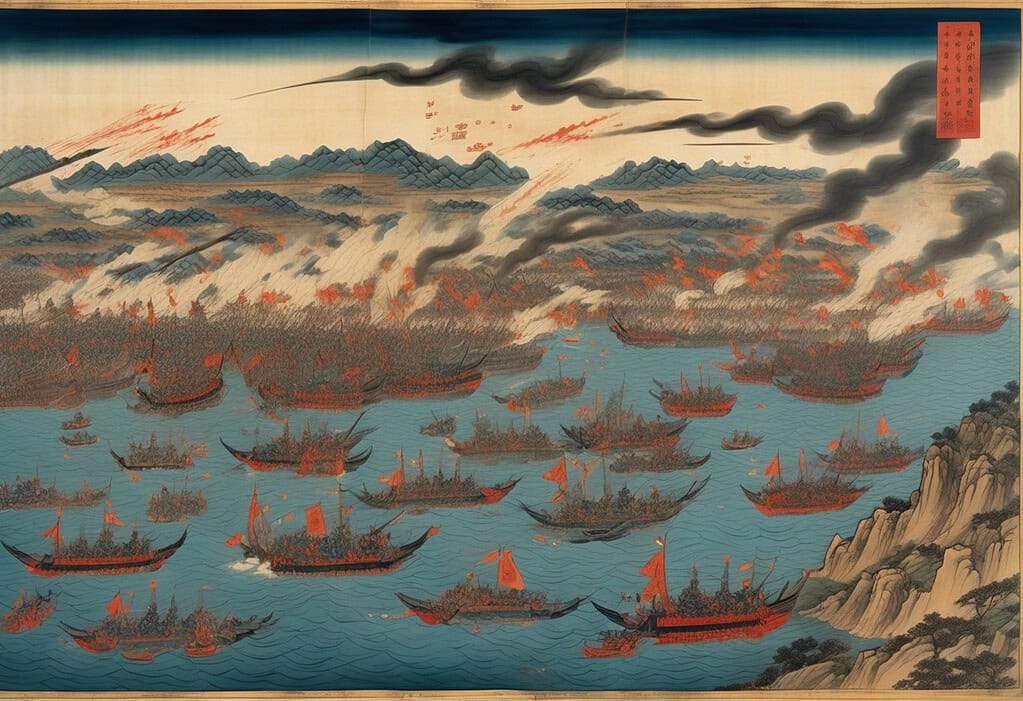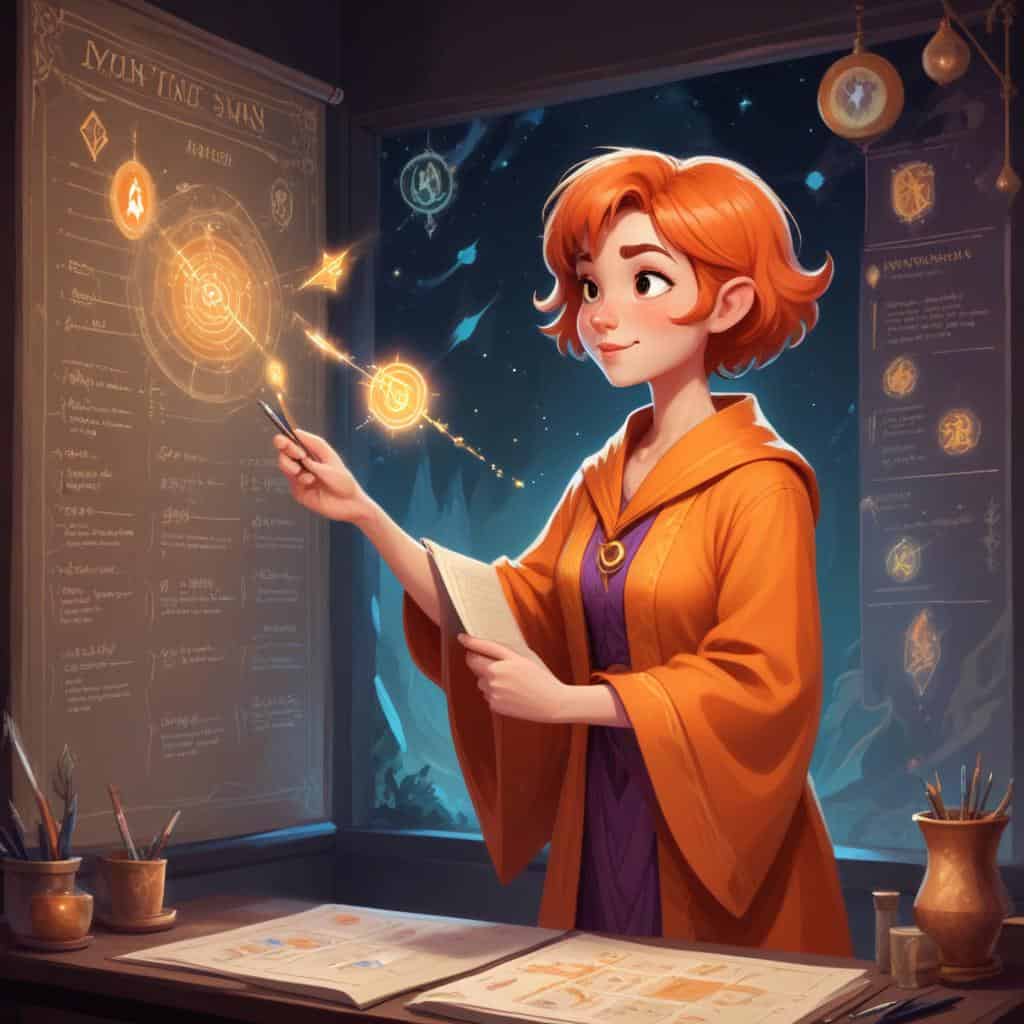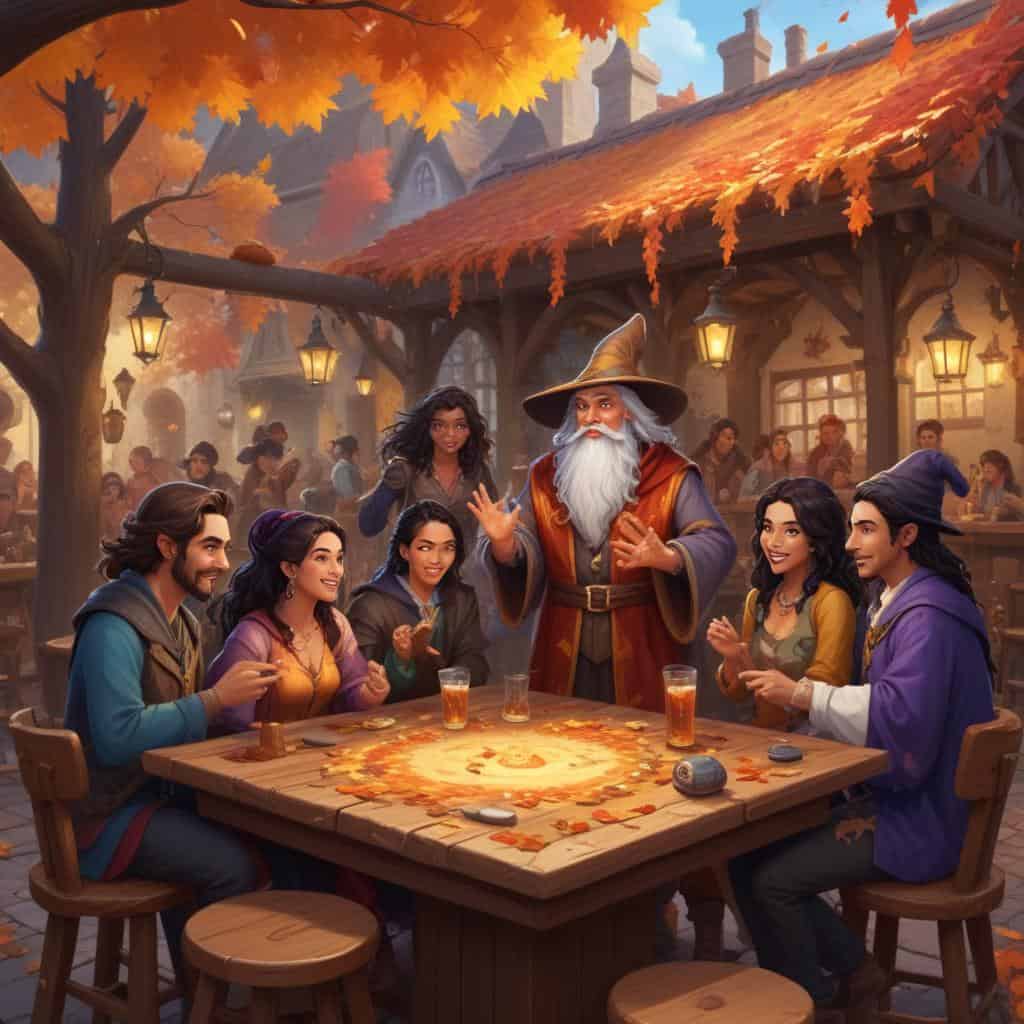The Ming Dynasty, lasting from 1368 to 1644 CE, was a ruling dynasty in China. It succeeded the Yuan Dynasty and preceded the Qing Dynasty.
Known for its cultural achievements, the Ming Dynasty is often characterized by its flourishing arts and literature, as well as advancements in porcelain and silk production. It also saw the construction of the Great Wall of China and the Forbidden City in Beijing.
Summary List
- The Ming Dynasty ruled China from 1368 to 1644 CE.
- It was founded by Zhu Yuanzhang, who overthrew the Mongol-led Yuan Dynasty.
- The Ming Dynasty is known for its cultural achievements, including the construction of the Forbidden City in Beijing.
- The Ming Dynasty also saw the voyages of Zheng He, a famous Chinese explorer.
- The Ming Dynasty fell to the Manchu invasion in 1644, leading to the establishment of the Qing Dynasty.
Games And Apps
Learning Modules for the Ming Dynasty
Founding of the Ming Dynasty - 1368 CE
In 1368 CE, the Ming Dynasty was founded by Zhu Yuanzhang, a former monk who overthrew the Mongol-led Yuan Dynasty. Known for its cultural revival and economic prosperity, the Ming Dynasty would go on to rule China for nearly three centuries, leaving a lasting impact on Chinese history.
I Want To Learn This!Battle of Lake Poyang - 1363 CE
The Battle of Lake Poyang in 1363 CE was the largest naval battle in history, with over 850,000 soldiers involved. The conflict between the Ming and Han dynasties was a pivotal moment in Chinese history, shaping the future of the country for centuries to come.
I Want To Learn This!Construction of the Forbidden City - 1406 CE
In 1406 CE, construction began on the iconic Forbidden City in Beijing, China. This massive imperial palace complex was built over 14 years and required the labor of thousands of workers. Filled with intricate architecture, beautiful gardens, and rich history, the Forbidden City remains a must-see destination for travelers today.
I Want To Learn This!Zheng He's Voyages - 1405-1433 CE
Embark on a journey through time and explore the remarkable voyages of Zheng He, a Chinese admiral who led seven expeditions across the Indian Ocean in the early 15th century. Discover the incredible feats of navigation, diplomacy, and exploration that shaped the course of history during this fascinating period.
I Want To Learn This!Rebellion of the Three Feudatories - 1673-1681 CE
The Rebellion of the Three Feudatories was a significant uprising in Chinese history from 1673 to 1681. Three powerful regional rulers challenged the Qing Dynasty's authority, leading to a bloody conflict that ultimately ended with the Qing Empire maintaining control over China.
I Want To Learn This!Mongol Invasion of China - 1449 CE
In 1449, the Mongol Empire launched a fierce invasion of China, led by the powerful warlord Esen Taishi. With a massive army at his command, Esen sought to conquer the rich lands of China and expand the empire's influence. The ensuing battle was brutal and left a lasting impact on Chinese history.
I Want To Learn This!Establishment of the Imperial Examination System - 1370 CE
In 1370 CE, the Imperial Examination System was established in China, revolutionizing the way officials were selected based on merit rather than family connections. This system paved the way for a more educated and competent bureaucracy, shaping the future of Chinese governance for centuries to come.
I Want To Learn This!Jingnan Campaign - 1399-1402 CE
The Jingnan Campaign of 1399-1402 CE was a pivotal military conflict in Chinese history, with the Ming dynasty facing the rebellious Red Turban army led by Zhu Di. Fierce battles, political intrigue, and shifting alliances marked this tumultuous period, ultimately leading to the rise of the Yongle Emperor and the stabilization of the Ming dynasty.
I Want To Learn This!Great Wall of China Restoration - 1569-1574 CE
In the late 16th century, the Great Wall of China underwent a massive restoration effort from 1569 to 1574 CE. Led by the Ming Dynasty, this project aimed to strengthen the wall's defenses against Mongol invasions and preserve its historical significance. Learn about the laborious process and strategic importance of this monumental restoration.
I Want To Learn This!Tianqi Emperor's Reign - 1620-1627 CE
The Tianqi Emperor's reign from 1620 to 1627 CE was a period marked by political intrigue, economic instability, and social unrest in Ming China. Facing challenges from corrupt officials and foreign threats, the emperor struggled to maintain control and restore stability to his empire.
I Want To Learn This!Battle of Tumu Fortress - 1449 CE
In 1449, the Battle of Tumu Fortress marked a turning point in the power struggle between the Ming Dynasty and the Mongol Empire. The fierce clash resulted in the capture of the Ming Emperor by the Mongols, showcasing the brutal nature of warfare in ancient China.
I Want To Learn This!Xuande Emperor's Reign - 1425-1435 CE
During the reign of Xuande Emperor from 1425-1435 CE, the Ming Dynasty of China experienced a period of cultural and artistic flourishing. Known for his patronage of the arts, the emperor's rule saw the creation of exquisite porcelain wares, intricate paintings, and elaborate court ceremonies that showcased the empire's grandeur.
I Want To Learn This!Fall of the Ming Dynasty - 1644 CE
In 1644, the once mighty Ming Dynasty fell to rebellion and invasion, bringing an end to over 250 years of imperial rule in China. The collapse of the dynasty led to the rise of the Qing Dynasty and marked a pivotal moment in Chinese history.
I Want To Learn This!Hongwu Emperor's Reign - 1368-1398 CE
The Hongwu Emperor's reign from 1368-1398 CE marked the beginning of the Ming Dynasty in China. Known for his strong leadership and efforts to restore stability and order after years of turmoil, he implemented sweeping reforms and policies that shaped the country's future for generations to come.
I Want To Learn This!Jiajing Emperor's Reign - 1521-1567 CE
The Jiajing Emperor's reign from 1521-1567 CE was marked by political intrigue, corruption, and cultural repression. Known for his tyrannical rule and obsession with alchemy, his reign brought about economic decline and social unrest. Despite his efforts to consolidate power, many viewed his rule as a dark chapter in Chinese history.
I Want To Learn This!












